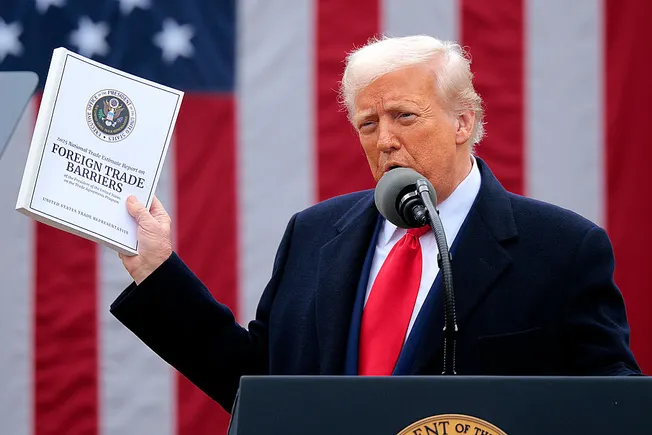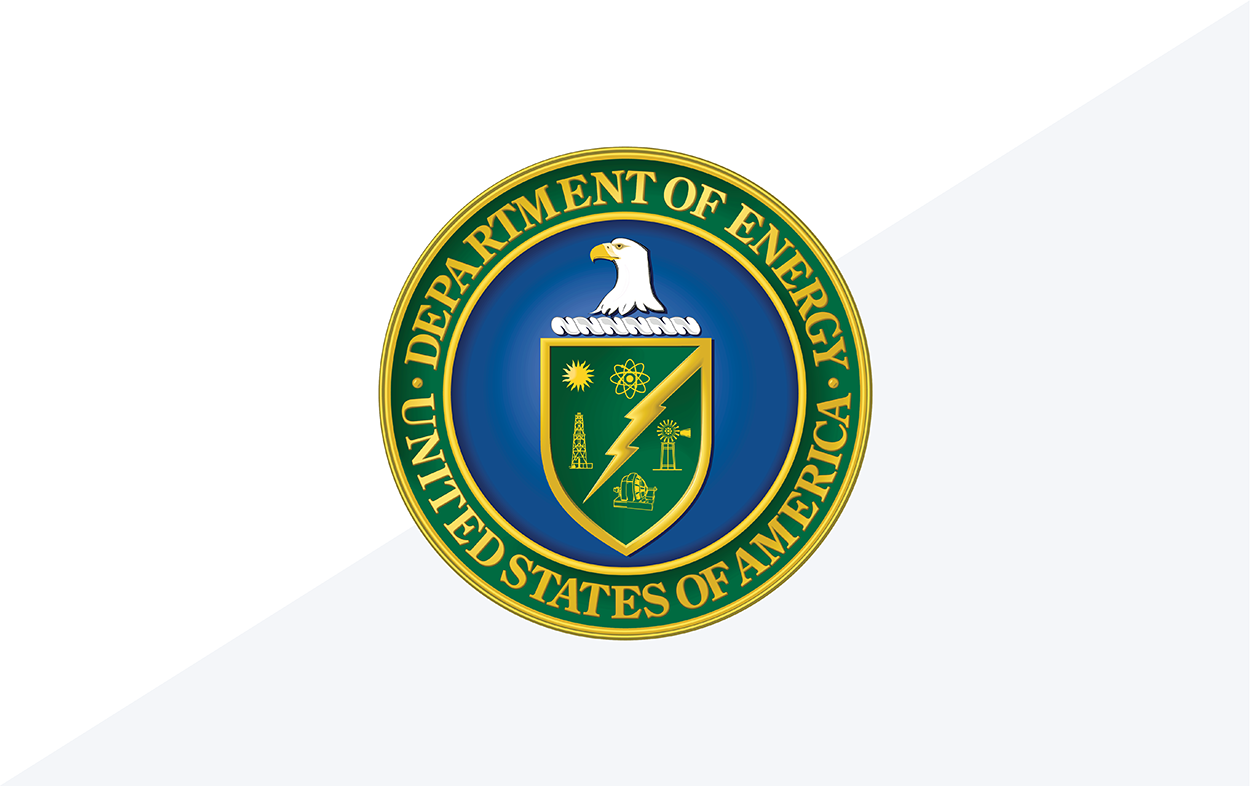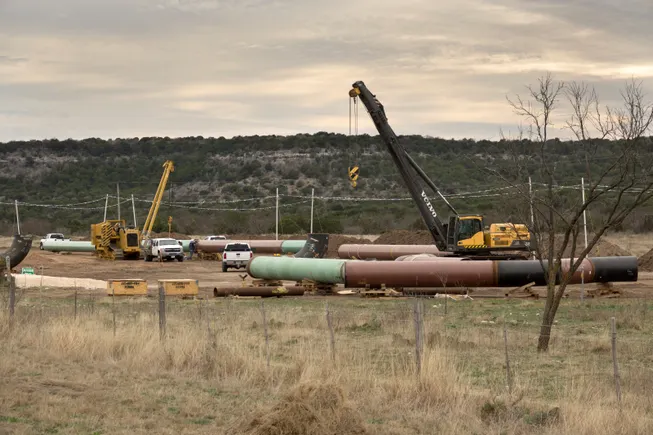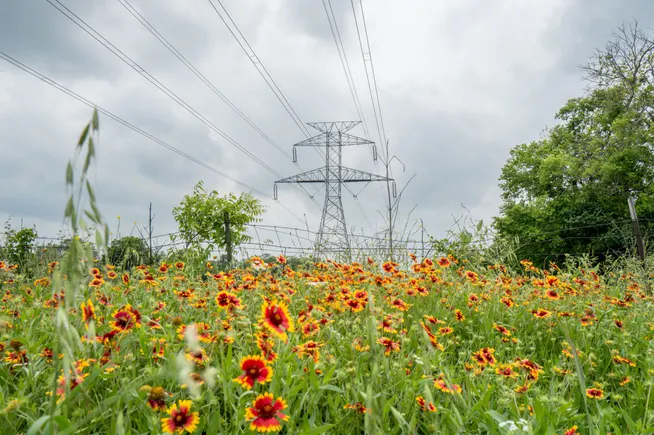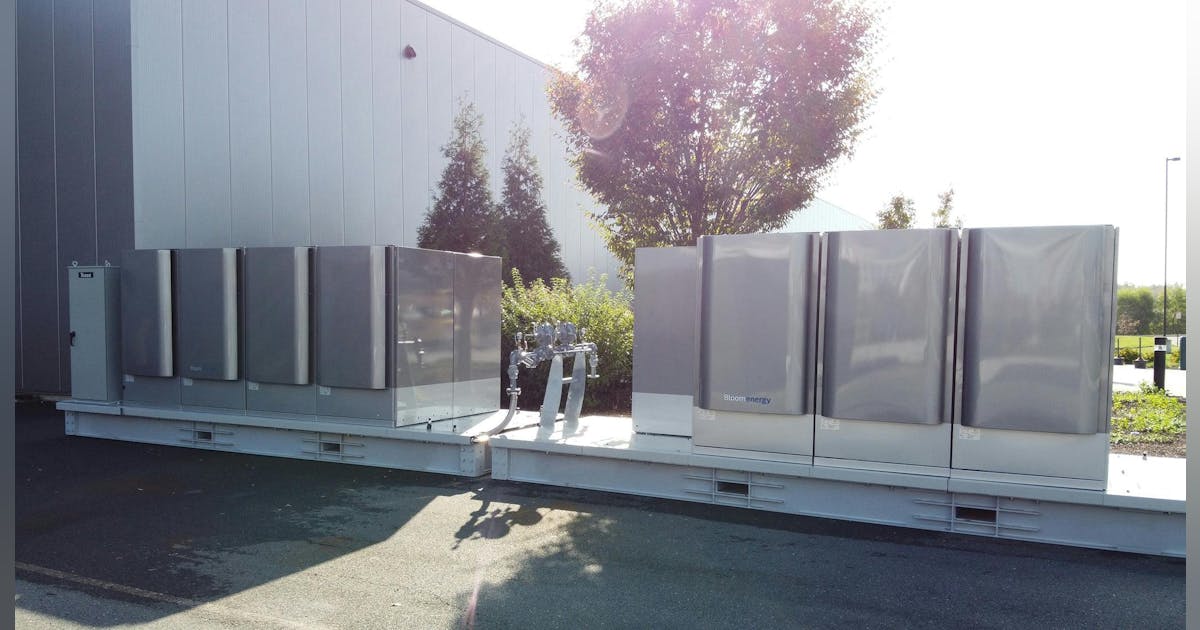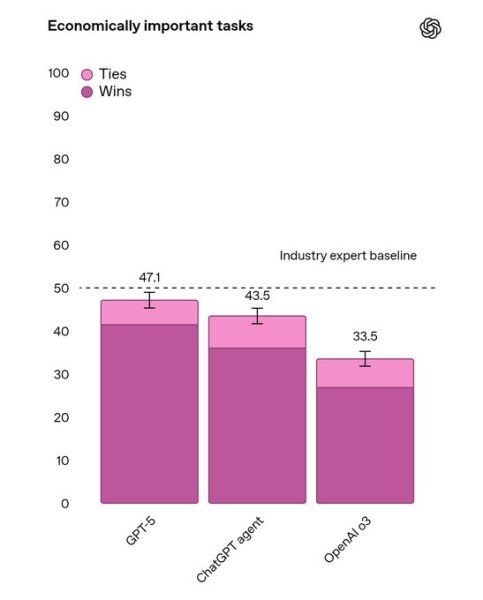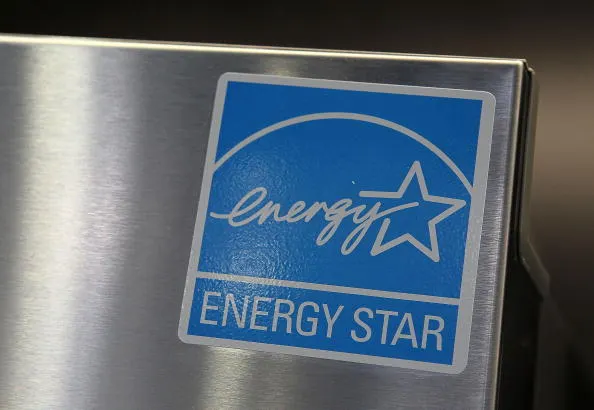
When the Senate Appropriations Committee July 24 passed its fiscal 2026 funding bill for the U.S. Environmental Protection Agency, it included language to fund the Energy Star program at $36 million, the same as in fiscal 2024.
“The Committee recognizes the value of and continues to support the Energy Star program,” it states in the report that accompanies the bill.
House appropriators passed their version of the bill July 22, and it also included language funding the program, at a lower amount.
“Within the [clean air] funds provided, at least $32,000,000 is for the Energy Star program,” says a committee-passed amendment to the House bill report.
The two bills still face floor votes and reconciliation into a single bill before the legislation goes to President Donald Trump for signature into law, but by shining a spotlight on Energy Star as a priority, lawmakers are sending a message they want to see the Trump administration maintain a program that’s been popular in both political parties since it was enacted in 1992, program backers say.
The “strong bipartisan support” for the Energy Star program is “one bright spot in the spending bills,” Sabine Rogers, federal policy manager at the U.S. Green Building Council, said on the organization’s website Aug. 6.
The Trump administration hasn’t said it wants to eliminate the program, but in its fiscal year 2026 budget request for the EPA, which it released in early May, it eliminated all funding for the Atmospheric Protection Program, which administers Energy Star.
“The Atmospheric Protection Program is an overreach of Government authority that imposes unnecessary and radical climate change regulations on businesses and stifles economic growth,” the administration said in the budget request. “This program is eliminated in the 2026 Budget.”
The proposal sparked a backlash as a wide range of organizations joined efforts to maintain the program. Some 1,000 companies, nonprofits and public agencies signed their name to a letter urging the EPA director to maintain Energy Star. Among the groups advocating for Energy Star were the Sierra Club, the American Bakers Association, the Pool and Hot Tub Alliance and the International Facility Management Association.
It’s an “interesting bedfellows” situation, Justin Koscher, president of the Polyisocyanurate Insulation Manufacturers Association, told Grist. Polyisocyanurate insulation is a commercial roofing product.
“It’s not too often you get all of those groups saying the exact same thing on one particular issue,” he said.
Critics of the program say energy efficiency standards are something that would be more appropriately managed by the private sector.
“Green purchasing programs assume the federal government needs to meddle in the marketplace by providing its seal of approval on what it deems to be environmentally satisfactory products,” the Competitive Enterprise Institute says in a white paper published in March. “If there is a need to create a labeling program to ensure credibility and consumer confidence, then private certification organizations should play such a role.”
Supporters credit Energy Star’s voluntary efficiency standards with saving businesses and consumers some $500 billion in energy spending since the program was created while costing the EPA a fraction of that to administer.
The program’s “annual budget of approximately $32 million represents less than 1% of EPA’s spending,” supporters said in their letter to the EPA director.
Despite Congress’ support, the program could be at risk if lawmakers fail to pass this and other appropriations bills and rely instead on temporary continuing resolutions to fund programs, Rogers said in her U.S. Green Building Council update.
A full-year continuing resolution, she said, “will likely not include detailed congressional direction or specific funding levels for most programs, giving the administration more flexibility to determine how funds are spent within agencies. That could leave the ENERGY STAR program vulnerable to being defunded or privatized.”



